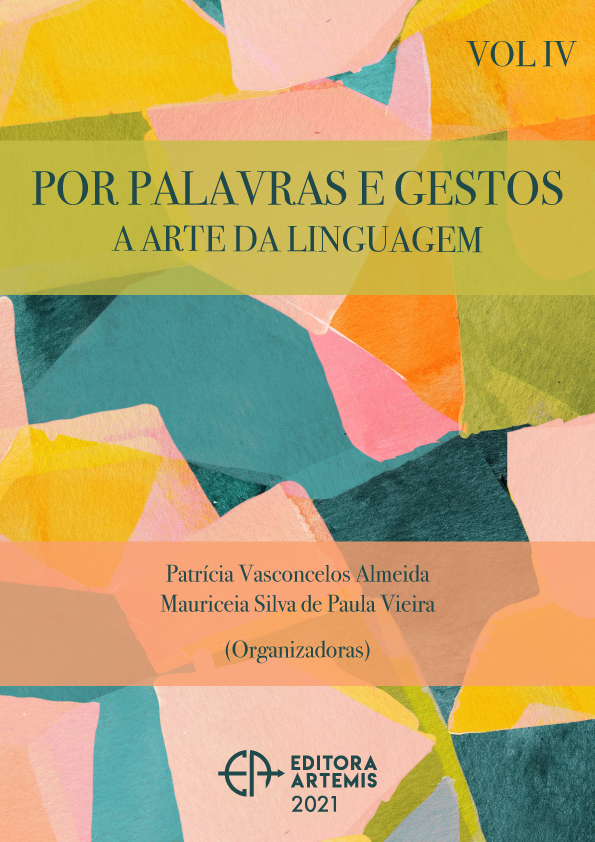
A SEMIÓTICA E AS INTERFACES DO MULTILINGUISMO: OS SOFTWARES HAGÁQUÊ E AUDACITY - PODCAST NO ENSINO CONTEMPORÂNEO
O presente resumo desvela a importância da Semiótica, como ciência dos signos, que estuda todas as linguagens e suas contribuições para o ensino por meio da tecnologia. No que se refere ao desenvolvimento do contexto semântico, com a interface aos ambientes midiáticos. Este texto apresenta dados resultantes da pesquisa qualitativa realizada em duas turmas, formada por setenta professores em formação, do programa de Pós-Graduação em Letramento Digital, ofertado pela Universidade do Estado do Amazonas. Os acadêmicos são professores da Educação Básica da SEDUC e da SEMED, do município de Manaus. Assim, na perspectivada da Semiótica, o presente estudo tem como objetivo sensibilizar os professores da funcionalidade dos softwares HagáQuê e Audacity como estratégias para o ensino híbrido em sala de aula. Baseado nas ideias de (PEIRCE, 2012); (AUSUBEL, 2000); Miskulin, Moura & Silva (2003), os quais acenam para estudos das potencialidades semióticas, em ambientes da educação na representatividade de conceitos. Logo, as estratégias utilizadas para no processo educativo serviram de estímulos aos professores em formação, agregando às práticas pedagógicas, de uso convencional às novas formas de ensino e de aprendizagens. Os novos recursos são geradores de significados, de criação e de recriação, a partir do uso dos softwares HagáQuê e Audacity, para edição do podcast em sala de aula. Essas ferramentas contribuem para uma aprendizagem significativa e colaborativa no ensino contemporâneo.
A SEMIÓTICA E AS INTERFACES DO MULTILINGUISMO: OS SOFTWARES HAGÁQUÊ E AUDACITY - PODCAST NO ENSINO CONTEMPORÂNEO
-
DOI: 10.37572/EdArt_2901212798
-
Palavras-chave: Semiótica; ensino; aprendizagem significativa; colaborativa
-
Keywords: semiotics; teaching; meaningful learning; collaborative.
-
Abstract:
The present summary reveals the importance of Semiotics, as a science of signs, which studies all languages and their contributions to teaching through technology. With regard to the development of the semantic context, with the interface to media environments. This text presents data resulting from the qualitative research carried out in two classes, formed by seventy teachers in training, from the Postgraduate Program in Digital Literacy, offered by the State University of Amazonas. The academics are teachers of Basic Education at SEDUC and SEMED, in the municipality of Manaus. Thus, in the perspective of Semiotics, the present study aims to raise teachers' awareness of the functionality of the HagáQuê and Audacity software as strategies for hybrid teaching in the classroom. Based on the ideas of (PEIRCE, 2012); (AUSUBEL, 2000); Miskulin, Moura & Silva (2003), who point to studies of semiotic potentialities, in educational environments in the representativeness of concepts. Therefore, the strategies used for the educational process served as stimuli to the teachers in training, adding to the pedagogical practices, of conventional use to the new forms of teaching and learning. The new features are generators of meaning, creation and recreation, using the HagáQuê and Audacity software, for editing the podcast in the classroom. These tools contribute to meaningful and collaborative learning in contemporary education.
-
Número de páginas: 11
- Joelma Monteiro de Carvalho
- Clisivânia Duarte de Souza
- Waldemir Lima de Carvalho

